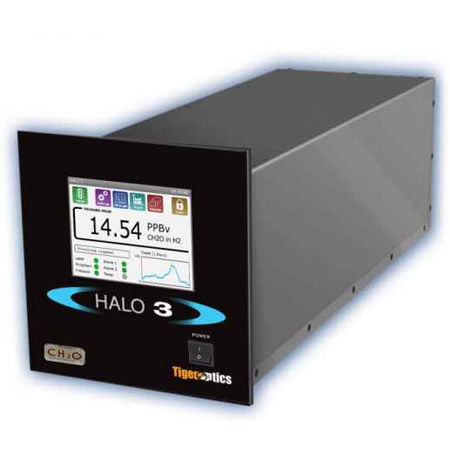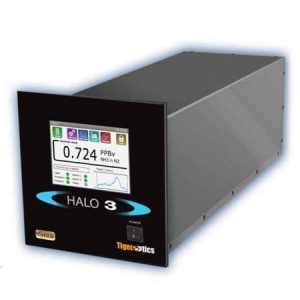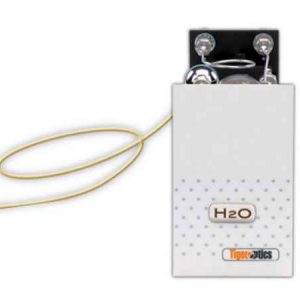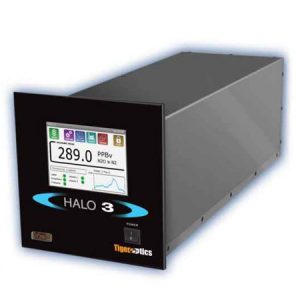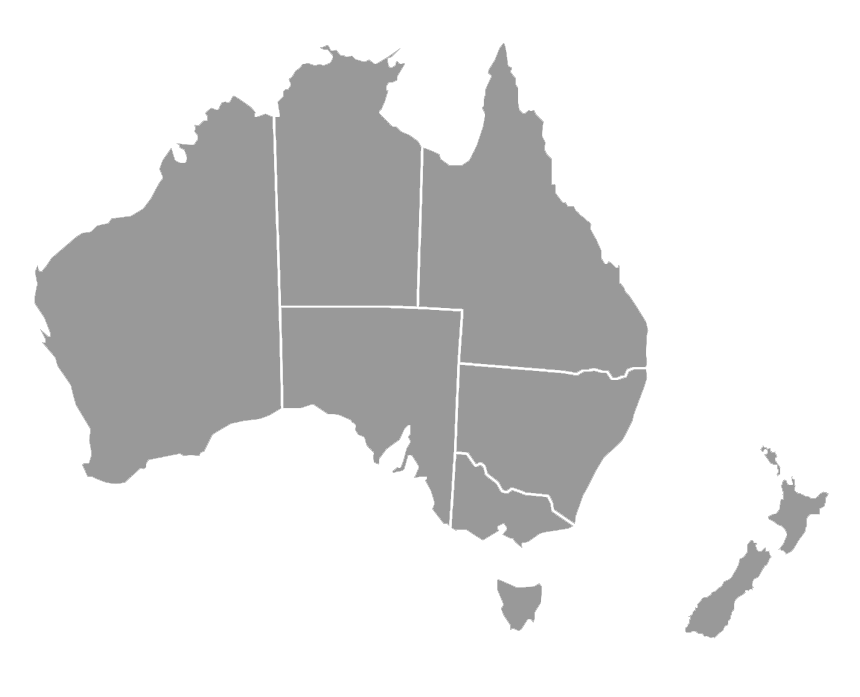Advancing accurate, consistent & drift-free CH2O Measurements
Formaldehyde (CH2O) is a key impurity in fuel cell hydrogen, where it is responsible for the degradation of the proton exchange membrane, adversely affecting performance. Tiger Optics delivers a powerful analytical tool for the measurement of trace CH2O for diverse applications. The low detection limit allows monitoring for compliance with SAE J2719, ISO 14687 or similar purity standards and protects fuel cell electric vehicles (FCEVs) from damage*.
Based on powerful Continuous-Wave Cavity Ring-Down Spectroscopy (CW-CRDS), with a proprietary laser lock cell, the HALO 3 CH2O is free of drift, guaranteeing consistent and reliable trace CH2O detection in nitrogen, hydrogen and other inert gases. Highly specific to the target molecule, CW-CRDS also prevents cross-interferences from distorting your measurement. Plus, there is no need to perform costly and time-consuming zero and span calibrations, saving both time and money with continuous, online service.
The HALO 3 CH2O gives you unsurpassed speed of response and ease of use. In sum, the HALO 3 analyzer serves a range of applications where trace gas measurement is extremely critical, such as sensor validation, gas standard preparation, and fuel cell hydrogen purity analysis.
Designed for formaldehyde analysis in laboratory and process applications:
- Accuracy traceable to the world’s major national reference labs
- Industry-proven technology
- Freedom from the need for span calibrations
- No periodic sensor replacement/maintenance
- Low ppb detection limit
- Wide dynamic range and no drift
*For fuel-cell hydrogen analysis according to ASTM Standard Test Method D7941, the method detection limit (MDL) is 2.5 ppb, as determined via U.S. EPA 40 CFR Part 136 Appendix B (95% Confidence Limit).

